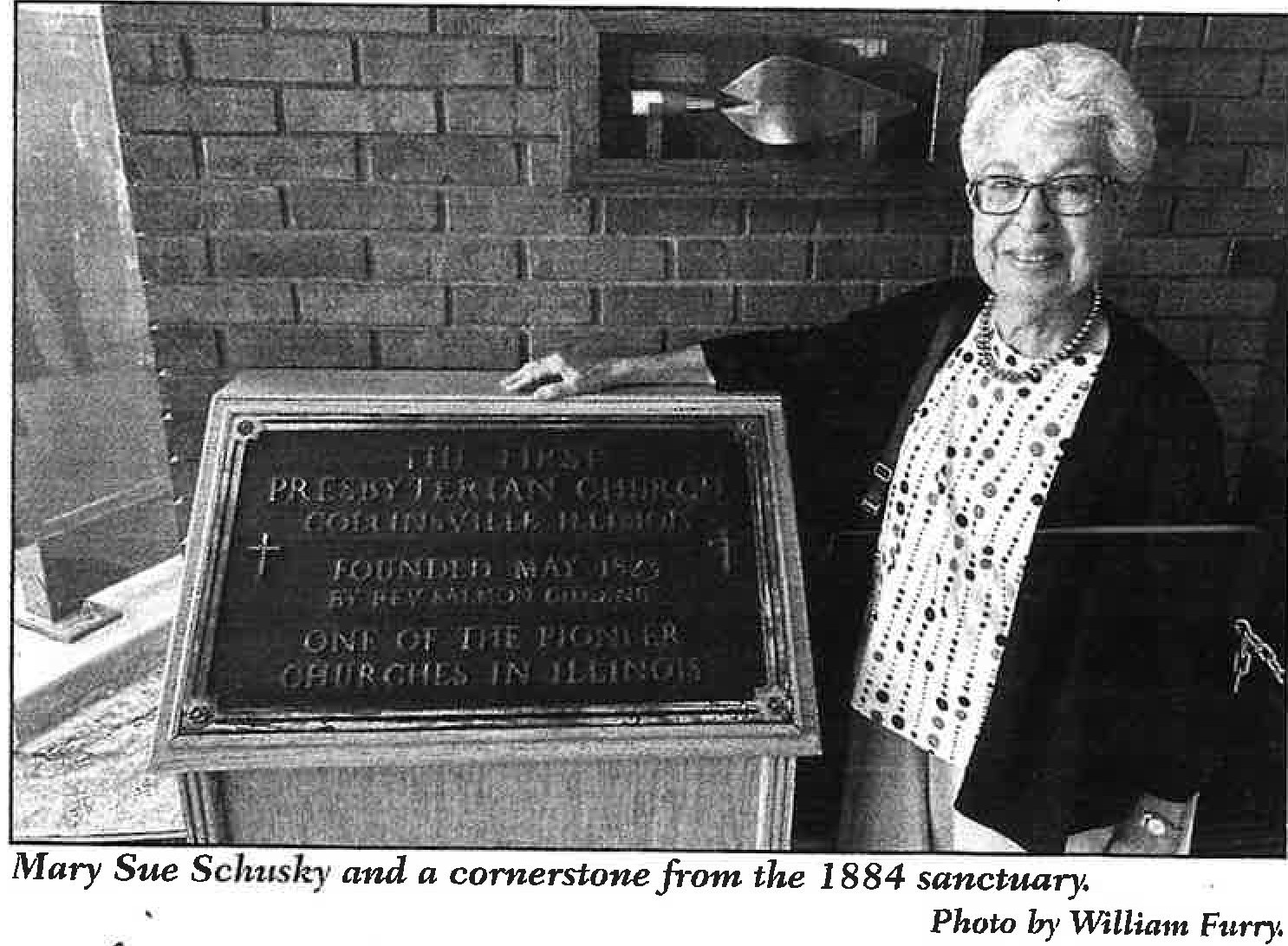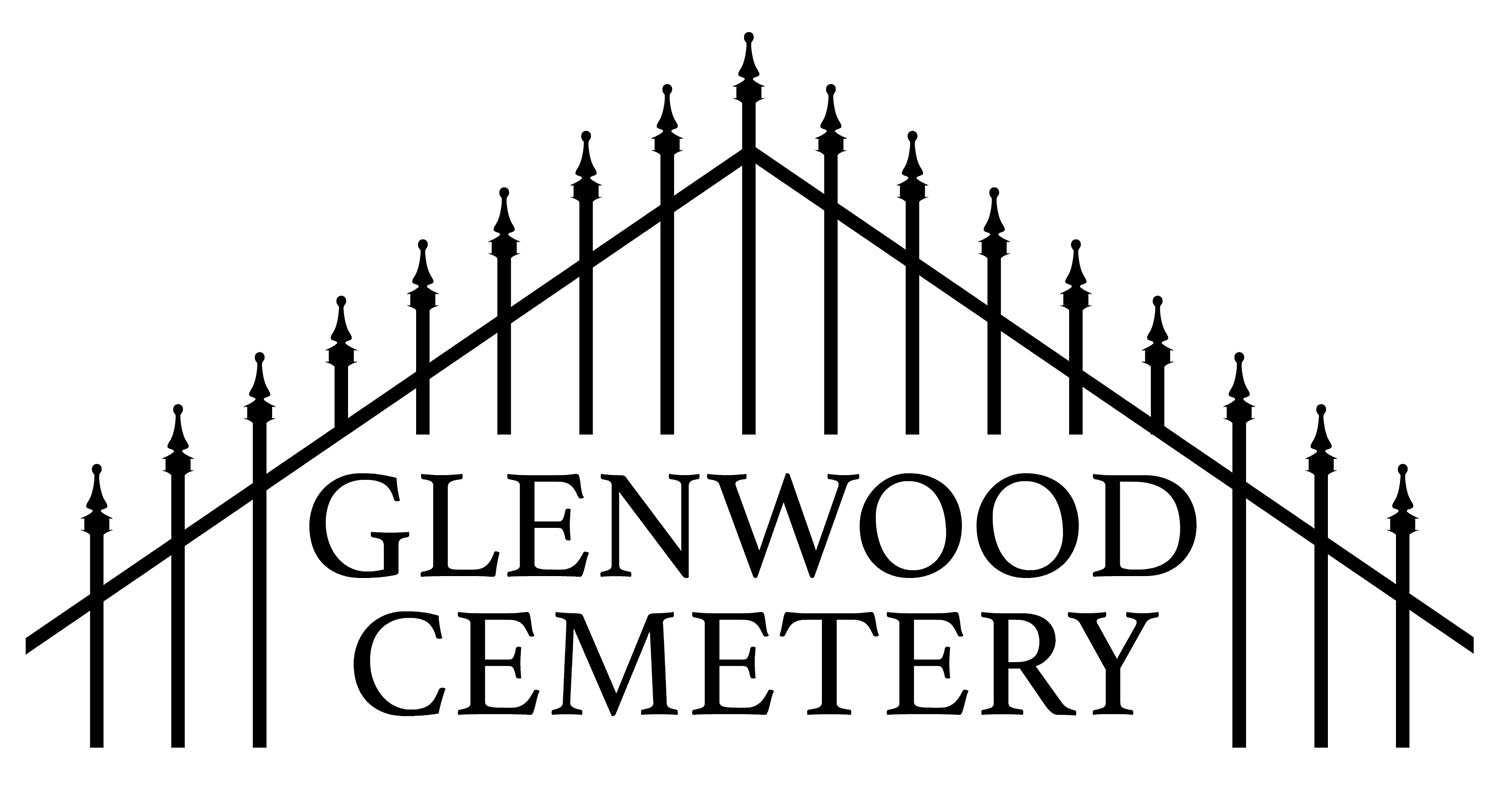We received a wonderful letter from Mary Sue Schusky, a member of First United Presbyterian Church, enclosed with a story she wrote for Illinois Heritage. We felt we should share the beautiful reflection of history with Rev. Salmon Giddings and the long-time community connection of First United Presbyterian Church, Collinsville, Illinois.
Good things continue to happen at Collinsville’s Historic Presbyterian Church
By Mary Sue Schusky
The First United Presbyterian Church in Collinsville (First UPC) is older than Collinsville. In 2013, First UPC celebrated its bicentennial while Collinsville observed 150 years as a town. In 1816, Rev. Salmon Giddings, an ordained Presbyterian minister from Connecticut, arrived in St. Louis, newly commissioned for Domestic Missionary work. Rev. Giddings had traveled 1,000 miles on horseback to serve Missouri and Illinois. Half of all his early congregations were organized in the new state of Illinois – Lebanon, Belleville, Turkey Hill, Edwardsville, and Collinsville. Rev. Giddings married Almira Collins of the Collins family and remained in the area.
Today, the Giddings-Lovejoy Presbytery honors Giddings and Elijah P. Lovejoy, early Presbyterian and newspaper editor in Alton, who became America’s first martyr to freedom of the press for supporting abolition.
 In 1823, eleven men and women signed the charter to establish the Collinsville Presbyterian Church. The faithful group included seven members of the William Burrage Collins family who had recently arrived from Connecticut. Oziah Wilcox, Susan Wilcox, and Horace and Emma Darrow Look were the additional four names on the document. The official title read, “First Presbyterian Religious Society,” 1836.
In 1823, eleven men and women signed the charter to establish the Collinsville Presbyterian Church. The faithful group included seven members of the William Burrage Collins family who had recently arrived from Connecticut. Oziah Wilcox, Susan Wilcox, and Horace and Emma Darrow Look were the additional four names on the document. The official title read, “First Presbyterian Religious Society,” 1836.
A small frame building in the center of the settlement, erected by the Collins brothers, served as the “Meeting House in the Grove” until 1843, when William B. Collins donated land at Church and Morrison Streets for a new frame building called the “Session House.” A storm in 1879 demolished the steeple and damaged much of the church. Members J. W. Peers, J. H. Wickliffe, and Dr. James Wadsworth planned a new brick building, which was dedicated in 1884 on the present site.
During the early years, a number of pioneer pastors served the congregation. Ministers who have served this congregation for a long time include Dr. Daniel Breeze, Paul Stumpf, William Sill, and Dr. Lloyd Shaw.
In 1914, to meet growing needs, Baraca Hall – an annex with more office and classroom space, and a gym- was added. Following a congregation vote in 1976, the old sanctuary and adjacent buildings were razed for a new church at the same location on Church and Morrison Streets. In 1986, a new Rogers combination organ, part pipe, part electronic, costing $178,000 was installed. The contemporary-style building included a welcoming environment, easy access, and a fellowship hall.
Over the years, First UPC has provided countless Sunday School and Bible classes, counseling, choir, retreats, and quilting for the adult and youth members, as well as the community. Countless social and fellowship events, including concerts and plays, meals, receptions, and holiday celebrations, are an important part of the church calendar. Local outreach programs include a thrift shop, area food pantry, and SOS soup kitchen. A collection of documents and photographs presents the church’s story in display cabinets. Valuable archives from the early years are well preserved.
The oldest cemetery in Collinsville, Glenwood, is an important part of First UPC’s heritage. In 1822, William B. Collins donated an acre of land set aside for a “community burying ground.” His widow, Elizabeth Wilt H. Collins, deeded the cemetery to the church in 1847. Later, J. S. Peers gifted land. The first burials were placed on irregular lines along the terrain of the existing ridges. Many of the early graves are illegible due to the porous native sandstone. Early families interred at Glenwood include Collins’ members, D. D. Collins, Dr. Henry \,\ling, as well as Darrow, Anderson, Kneedler, Reed, Beidler,
Darrow, Anderson, Kneedler, Reed, Beidler,
Combs, McKeen, and Look. Military graves cover the green landscape. Two Revolutionary War soldiers and approximately 90 Civil War soldiers have graves of honor. In 1849, a cholera epidemic took 40 lives. More lives were lost during the influenza epidemic at the end of World War I. In 1858, a town fire destroyed early church records. Fortunately, Callie Coit, daughter of First UPC pastor Rev. George H. Coit, wrote a valuable history of the pioneer cemetery. The cemetery is open to all religions, nationalities, and races (this is not the case for many cemeteries).
Today, First Presbyterian Church continues faithful stewardship of the historic cemetery. Glenwood’s ten acres remain a peaceful presence on a rolling ridge of Illinois prairie at 102 Cemetery Street, two blocks from City Hall in the center of Collinsville.
The Old Testament Book of Proverbs is the work of many minds and periods of time. Today, First United Presbyterian Church of Collinsville will carry on the wisdom and work of its founders with dedication and devotion, loyalty and faith. In the words of the current pastor, Rev. Zach P. Lysdahl, “All good things continue to happen.”
In recent action, the congregation donated a nearby lot to Habitat for Humanity, which will build a house for a Collinsville family.




1 Comment
Alex Lysdahl
An edit: The bicentennial for FUPC Collinsville was in May of 2023.